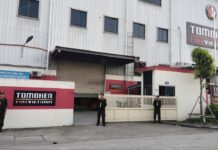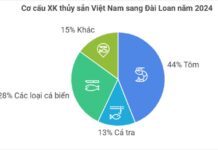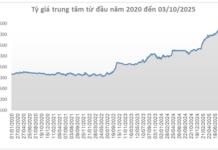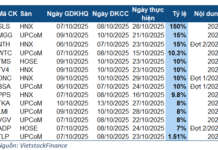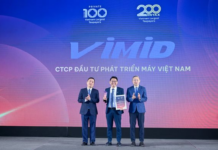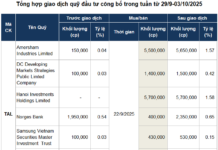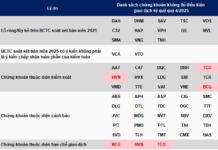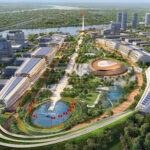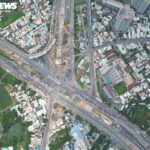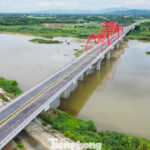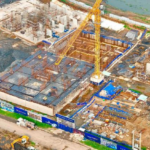Today, August 19, the expansion project of the Ho Chi Minh City – Long Thanh Highway will officially commence. The construction is expected to be substantially completed by December 2026 and operational by 2027. Meanwhile, the Long Thanh International Airport is slated for inauguration in late 2025. This means that travel between Ho Chi Minh City and Long Thanh Airport during its initial operation will remain a challenge.
Lesson from the New Eastern Bus Station
The distance of over 40 km from the center of Ho Chi Minh City to Long Thanh will become an obstacle if the connecting infrastructure is not prepared in time. A mere traffic jam can double or even triple the travel time, causing anxiety among passengers about missing their flights.
Mr. Le Trung Tinh, Chairman of the Ho Chi Minh City Passenger Car Association, opined that if the connecting infrastructure is not fully completed and all international passengers are transferred to Long Thanh Airport, it would replicate the situation of the New Eastern Bus Station. Despite being modern and having a large designed capacity, the actual number of passengers using the bus station has not reached 50% due to its distant location and inconvenient transportation.
According to Mr. Tinh, some countries have faced similar issues. Narita Airport in Japan and Incheon Airport in South Korea both grappled with the distance conundrum as they were built far from the city center, and the connecting infrastructure was not ready in time. Therefore, the relocation of international flights to Long Thanh Airport should be carefully planned. Initially, only long-haul flights such as those to Europe and America could be transferred. Once the highway and metro are completed, we can gradually transfer flights from other regions, suggested Mr. Tinh.
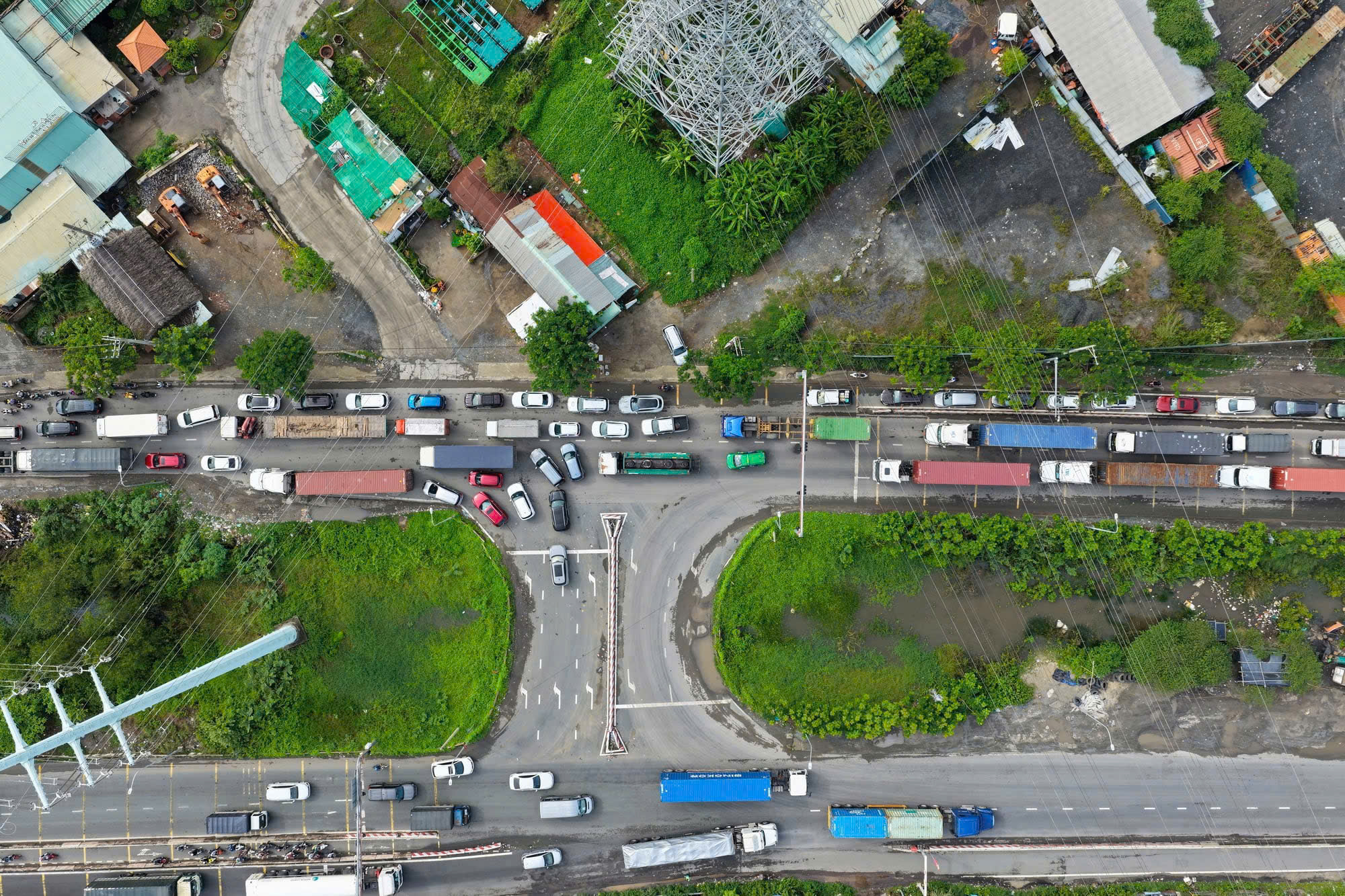
Ho Chi Minh City – Long Thanh Highway frequently experiences congestion and overload. Photo: ANH VU
Architect Khuong Van Muoi, former Vice Chairman of the Vietnam Association of Architects, asserted that a prerequisite for the efficient operation of Long Thanh Airport is to construct a rapid transportation system connecting Ho Chi Minh City, especially with Tan Son Nhat Airport. He emphasized that without a super-speed connection, the “super airport” might underperform compared to expectations.
The planning has considered a metro line from Ho Chi Minh City through Nhon Trach to Long Thanh. This is a civilian line with multiple stops, suitable for diverse travel needs. However, when Long Thanh Airport becomes operational, the most critical aspect is a direct connection between the two airports.
“International passengers arriving at Long Thanh Airport but needing to connect to other provinces and cities from Tan Son Nhat Airport would face significant inconvenience if they had to travel by road all day. A rapid metro line is necessary so that when passengers exit the Long Thanh International Gate, they can go straight to Tan Son Nhat Airport and vice versa,” analyzed Mr. Muoi.
According to him, if Long Thanh Airport serves international flights while Tan Son Nhat Airport caters to domestic flights, the metro is the most logical choice. Passengers would then be able to board the train immediately after exiting the gate, avoiding the crowded roads that are often congested.
The government has been expanding national highways and expressways connecting to Long Thanh Airport, but the risk of traffic congestion remains high. “Investors are interested in how many minutes it takes, not how many kilometers. This indicates that speed and smoothness are more crucial than distance,” emphasized Mr. Muoi.
Additional Insights from Experts
According to experts, solving the equation of “how to get to Long Thanh Airport” is not enough. The more critical aspect is constructing a modern, multi-modal transportation complex with seamless connections to the entire region.
Mr. Do Thien Anh Tuan, a lecturer at the Fulbright School of Public Policy and Management, analyzed that international experience shows that airports only succeed when accompanied by a synchronized network of roads and railways. If Long Thanh Airport operates with a modern terminal but connecting roads are outdated, there is a significant risk of having a “super airport with narrow roads.”
Mr. Tuan suggested accelerating the construction of approved routes and adding strategic projects such as urban railways to the airport, along with new expressways, to distribute traffic. Additionally, the inter-regional transportation system should be capable of serving the next few decades. “Only then will Long Thanh Airport become a convenient, efficient, and competitive destination,” he stated.
Dr. Truong Minh Huy Vu, Director of the Ho Chi Minh City Institute for Development Research, emphasized the necessity of simultaneously initiating passenger and freight railways. Among the projects, the Long Thanh – Thu Thiem railway is considered the top priority. Thu Thiem is envisioned to become an international financial center.
Investors, entrepreneurs, and experts from Singapore, Hong Kong, or Shanghai may fly to Ho Chi Minh City for a day to attend an event and return. However, if the journey from Long Thanh to Thu Thiem takes several hours, this connectivity cannot be established.
Therefore, investing in transportation connections between Long Thanh Airport and the strategic development areas of Ho Chi Minh City and the key economic region in the South is urgent. However, the most critical factor is selecting the appropriate investment approach. If the wrong method is chosen, the project will encounter numerous obstacles. “In the case where the city is assigned as the managing authority for this railway, a ‘green lane mechanism’ can be applied to expedite procedures and commence construction soon,” suggested the expert.
Dr. Pham Viet Thuan, Director of the Ho Chi Minh City Institute of Economics, Natural Resources, and Environment, suggested that with the expanded expressway and metro in place, a bus feeder system and high-quality shuttle buses between the two airports should be organized with high frequency and reasonable costs. However, as Long Thanh and Tan Son Nhat Airports belong to two different administrative units, management may encounter challenges, especially in subsidy payments or operational management. “It is necessary to consider entrusting the entire Long Thanh Airport, the metro line, and the bus system to Ho Chi Minh City for unified management to ensure synchronization,” proposed Dr. Thuan.
Regarding the investment mechanism, if the traditional bidding process is maintained, the progress of the metro will be very slow. According to Dr. Thuan, it should be switched to the EPC total contracting format, with the private sector taking responsibility for design, construction, and operation. Alternatively, the state can establish three specialized general contractors: one for transportation infrastructure, one for water and electricity, and one for the environment. These companies would be fully accountable for critical projects.
A representative of the Vietnam Airports Corporation (ACV) assured that passengers’ concerns would be alleviated once the connecting infrastructure is completed. The current planning has considered expanding and diversifying access routes to avoid the situation of “one road bearing the entire airport.”
As planned, the Ho Chi Minh City – Long Thanh – Dau Giay Expressway will be expanded from four lanes to eight or ten lanes, with the addition of emergency lanes and improved interchanges. Upon completion, the travel time from downtown Ho Chi Minh City to Long Thanh Airport is expected to be reduced to 40-45 minutes.
Concurrently, the Thu Thiem – Long Thanh light rail line will shorten the journey to 20-25 minutes. This line will be integrated with the inner-city metro, enabling international passengers from the central metro station to travel directly to the airport without relying on private vehicles.
A rapid bus system and high-quality shuttle buses from the city center, bus stations, and neighboring provinces will also be organized with high frequency and reasonable costs. This is considered a crucial solution to reduce pressure on roads and provide passengers with additional travel options.
ACV stated that the expressway and connection line projects would be substantially completed by the end of 2026, coinciding with the operational timeline of Long Thanh Airport. By then, passengers will have multiple choices instead of depending solely on one expressway.
Consideration of an Elevated Road
Not only experts but also passengers share concerns about the new airport’s accessibility. Ms. Le Thi Hong Hue, a resident of Thanh My Tay Ward in Ho Chi Minh City and a frequent flyer, shared that everyone is accustomed to Tan Son Nhat Airport. Even with frequent traffic jams, there are alternative routes to navigate. “Long Thanh Airport is a different story—it’s too far, and there’s only the expressway. Sometimes, you get stuck in a deadlock at An Phu roundabout even before reaching the expressway. It’s a single route with no escape,” she remarked.
From the perspective of a transport enterprise, Mr. Hoang Van Thuy, General Director of Dai Hoang Thuy Company, which operates over 50 coaches on the Ho Chi Minh City – Central Highlands route, observed that traveling to Long Thanh Airport from Ho Chi Minh City is currently very inconvenient. “Passengers need to depart 3-4 hours in advance, wasting time and energy. The connecting roads are prone to congestion, and the entrances and exits are narrow. There should be multiple routes or expanded gateways. In the long term, an underground or elevated road could be considered,” suggested Mr. Thuy.
Ng.Hai
The New Political-Administrative Center of Dong Nai: A Visionary Project Opposite Sun Group’s 72,000 Billion VND Mega-Development
The new Dong Nai Political-Administrative Center will rise on the site of Vietnam’s very first industrial park. Nestled alongside the picturesque Dong Nai River and neighboring the iconic National Highway 1A, this strategic location is a mere 30 kilometers from the bustling heart of Ho Chi Minh City.
Unlocking Thanh Hoa’s Potential: Expediting the Construction of the 40,000 Billion VND Aeon Mall, a Central Region Landmark
The vibrant province of Thanh Hoa is witnessing a significant boost with the upcoming launch of the Aeon Mall. With a projected completion date of October 2026, this commercial hub promises to be a game-changer for the region’s economic landscape.
The Archway of Fortune: A Glimpse at Quảng Ngãi Province’s First Steel Arch Bridge
After nearly three years of construction, the Trà Khúc 3 Bridge (Phước Lộc Bridge) with its unique steel arch design spanning the Trà Khúc River is finally complete and set to open to traffic tomorrow (August 19). This remarkable structure serves not only as a vital transportation link but also as a stunning architectural landmark for Quảng Ngãi, with its distinctive arch promising to become an iconic symbol for the region.
The New Ho Chi Minh City: A Fresh Property Landscape with Condos Starting from VND 28-280 Million per square meter
The residential market has witnessed a significant shift with a wave of new project launches just two months after Ho Chi Minh City’s merger with Binh Duong and Ba Ria-Vung Tau. This move has effectively addressed the prolonged shortage of supply, offering a diverse range of options across the spectrum, from affordable to luxury segments. The launch prices of these new projects vary considerably, starting from VND 28 million to nearly VND 280 million per square meter.

